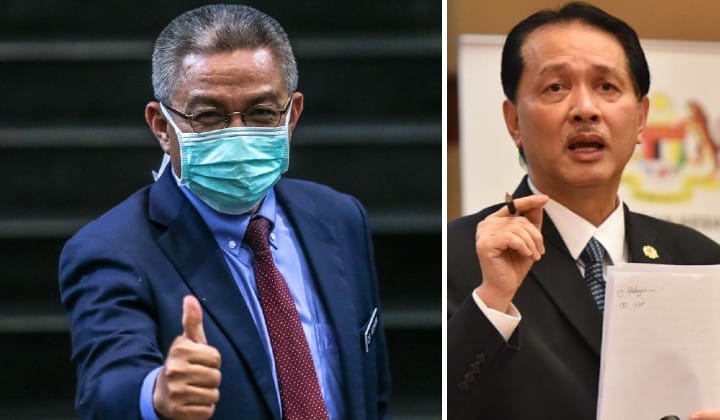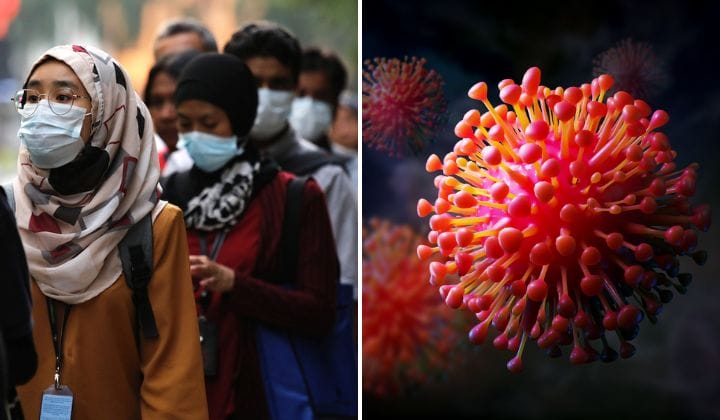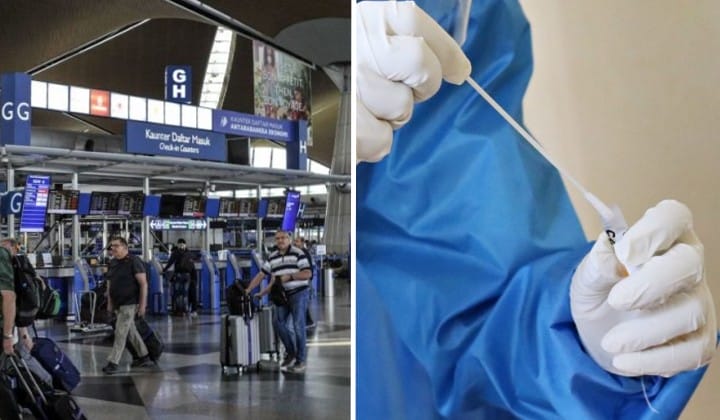MOH Prepares To Return Non-Ministry Facilities When Emergency Ordinance Ends
The spike in daily cases was due to testing and will stabilize in coming weeks.

Subscribe to our Telegram channel for the latest stories and updates.
Health Minister Datuk Seri Dr Adham Baba said that a Greater Klang Valley special task force has been set up to address the desperate need for beds and manpower in Selangor and Kuala Lumpur.
He said to Bernama that the Ministry of Health (MOH) had taken over the management and facilities of various agencies and ministries under the Emergency Ordinance. However, when the emergency ends, non-ministry (MOH) facilities must be returned to their respective agencies and ministries.
Although it is called the Greater Klang Valley special task force, Dr Adham said that it includes south Perak, west Pahang, and the northern part of Negri Sembilan.
The task force started operations on 8 July and is led by Public Health deputy director-general Datuk Dr Chong Chee Kheong.
Dr Chong also said the task force was set up to focus on Covid-19 transmission in the Klang Valley and its border areas because of the movement of people.
The spike was caused by testing
Meanwhile, Health director-general Tan Sri Dr Noor Hisham Abdullah told Bernama that the country’s daily COVID-19 cases can be expected to stabilise and show a decline in the next one to two weeks.
He added that the spike in new cases over the last few days was due to more targeted screenings being implemented, especially in Selangor and Kuala Lumpur, which are currently under the Enhanced Movement Control Order (EMCO).
In Selangor, 19,614 screenings were done on 5 July and it was increased to 25,005 screenings on 6 July. The number of tests was further increased in the following days.
From the increased testing, Selangor detected 4,152 new cases on 8 July and 4,400 more cases on 9 July.
“I am confident that with better movement control methods, we will see a more stable total number of cases as well as a drop within a week or two. At the same time, the vaccination process must be expedited,” said Dr Noor Hisham.
The issue
Dr Noor Hisham went on to explain that the challenge that the healthcare providers face is that the Category Four and Category Five patients take between two to five weeks to be treated in the ICU.
Because the number of patients in Category Four and Category Five is also increasing, the MOH is doing its best to increase the hospitals’ capacity.
There are five categories of the COVID-19 disease.
- Category One – asymptomatic
- Category Two – mild disease
- Category Three – moderate disease (pneumonia, not requiring oxygen)
- Category Four – severe disease (pneumonia and requiring oxygen)
- Category Five – critical disease (multiple organ impairment, possibly requiring assisted ventilation).
Share your thoughts with us via TRP’s Facebook, Twitter, and Instagram.








